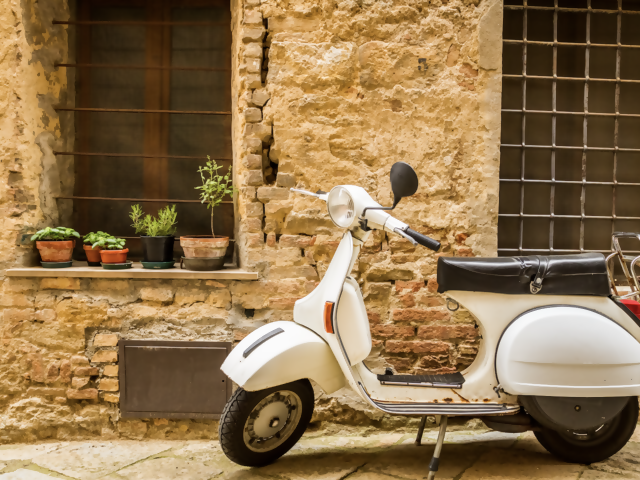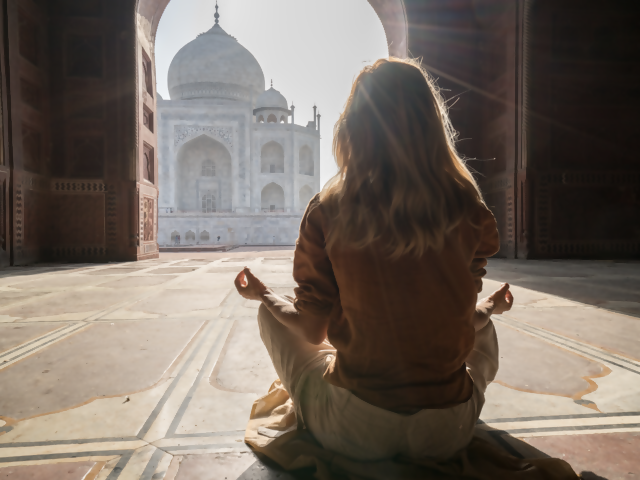We should be watching the opening ceremony of the XXXIII Olympiad right now.
But COVID has changed the history of the Olympics along with so many other features of our lives. Tokyo 2020 retains the name, but the dates have changed.
Originally scheduled to take place from July 24th through the second week of August this year, Tokyo 2020 now opens on July 23rd 2021. They are the first Summer Games to be postponed instead of cancelled due to an international crisis.
You can still make plans to be in the stands for Tokyo 2020 in 2021 and part of the excitement in Japan’s capital. The date changes will mean a magnified Olympic energy, pent up for an extra year. Always an international, feel-good rally, the 2020 Olympics in Tokyo in 2021 promise to be even more symbolically charged in the year following the COVID crisis.
So next year more than many other Olympics, all eyes will be on Tokyo. In addition to all our favorite Summer Olympic sports, new competitions at Tokyo 2020 will include freestyle BMX and 3x3 basketball, as well as the debut of surfing, skateboarding and karate, sports proposed by the host country.
But Japan’s national sport will not be played at the Tokyo 2020 Games.
Sumo is only practiced at the highest levels inside Japan. There is no competition between nations like Olympic Games for sumo.
Instead, between the closing of the Olympic Games and the opening of the Paralympic Games, the Japan Sumo Association has planned to stage a special, two-day sumo exhibition tournament.
It gives attendees at the Olympic Games the opportunity to be a part of one of the world’s most rare, ritualized, ancient sports still part of a country’s modern culture.
Sumo is often caricaturized in Western culture. You may have even been to parties where brave or joker guests don inflatable ‘sumo’ costumes, throw themselves at each other and roll around on the floor, laughing.
But a bit of knowledge about Japan’s version of wrestling gives viewers new appreciation for this unique sport and martial art.
- Sumo was first mentioned in writing in the 700’s, but pre-historic wall paintings show sumo’s roots in ritual dances for good harvests;
- Matches are held in a 15-foot wide clay ring;
- Far from colliding and rolling around on the floor like the Western party game, sumo wrestlers try to force their opponents outside of the ring in full-contact, ritualized movements that are considered a martial art;
- Sumo wrestlers are required to wear their hair long in a waxed topknot, in an historically Samurai warrior style;
- In the ring, they wear 30-foot long belts (not diapers!), tied in the back, that the other wrestler can latch onto to throw his opponent out of the ring;
- Matches begin with a powerful crouch and charge that use the wrestlers’ great size to full effect;
- There are no weight classes in sumo, so the bigger wrestlers can get, the better! Sumo wrestlers consume specific, traditional foods – up to 20,000 calories every day, or 10 times what an average person needs! – to gain and maintain weights in excess of 300 pounds. In modern sumo history, 3 famous sumo wrestlers have even weighed in at over 600 pounds!;
- Even today, other customs and traditions of sumo are very linked to Japan’s ancient Shinto religion, including the throwing salt to purify the ring.
If you are not in Japan for the special tournament following the Tokyo Games, six sumo tournaments are held for two weeks each every year throughout Japan. Tokyo’s tournaments are in January, May and September, and other major cities have one each, including Osaka in March, Nagoya in July, and Fukuoka in November.
It may never be an Olympic sport, but sumo is one of the best-preserved ancient sports anywhere in the world, and an experience not to miss if you ever have a chance to travel to Japan.
#DreamNowTravelSoon
Copyright BestTrip.TV/Influence Entertainment Group Inc or Rights Holder. All rights reserved. You are welcome to share this material from this page, but it may not be published, broadcast, rewritten or redistributed.





